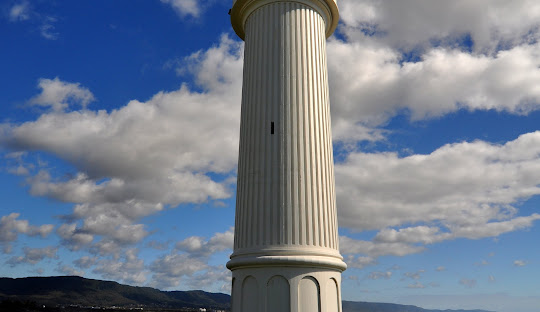
Wollongong's Demographics: A Diverse and Growing Coastal Hub
Posted by on
The Wollongong metropolitan area spans suburbs, outlying towns, and rural localities from Helensburgh in the north to Kiama in the south. According to the 2021 census, the population of the area stands at 305,691. The region is known for its cultural diversity, with 3.6% of the population identifying as Aboriginal and Torres Strait Islander people.
The majority of residents, 76.3%, were born in Australia, with significant populations hailing from England (3.9%), North Macedonia (1.3%), New Zealand (1.1%), Italy (0.9%), and India (0.9%). English is the most widely spoken language, with 81.7% of people using it at home. However, the multicultural makeup of the city is reflected in the variety of other languages spoken, including Macedonian (2.0%), Italian (1.1%), Arabic (1.1%), Mandarin (0.8%), and Spanish (0.8%).
In terms of religious affiliation, 38.0% of residents identify as having no religion, followed by Catholicism (23.3%) and Anglicanism (13.6%).
The local economy is diverse, with a notable portion of the workforce employed in healthcare, particularly in hospitals, which employ 5.1% of the workforce. Other significant industries include social assistance services (3.1%), aged care residential services (2.8%), supermarkets and grocery stores (2.6%), and takeaway food services (2.5%).
Wollongong is the third-largest city in New South Wales and the tenth-largest in Australia, with around 89% of its population residing in the urban centre stretching from Clifton to Shell Cove. The city continues to experience growth, with a 3.1% population increase between 2001 and 2006.
However, land availability remains a challenge, particularly in the northern suburbs due to the region's geography. The west Dapto area is earmarked as a major growth hub, with plans for 19,000 new dwellings and a population of 50,000 within the next 40 years. Additional residential developments are underway in Albion Park, Shell Cove, and Kiama, marking Wollongong’s continued expansion as a thriving and diverse coastal community.